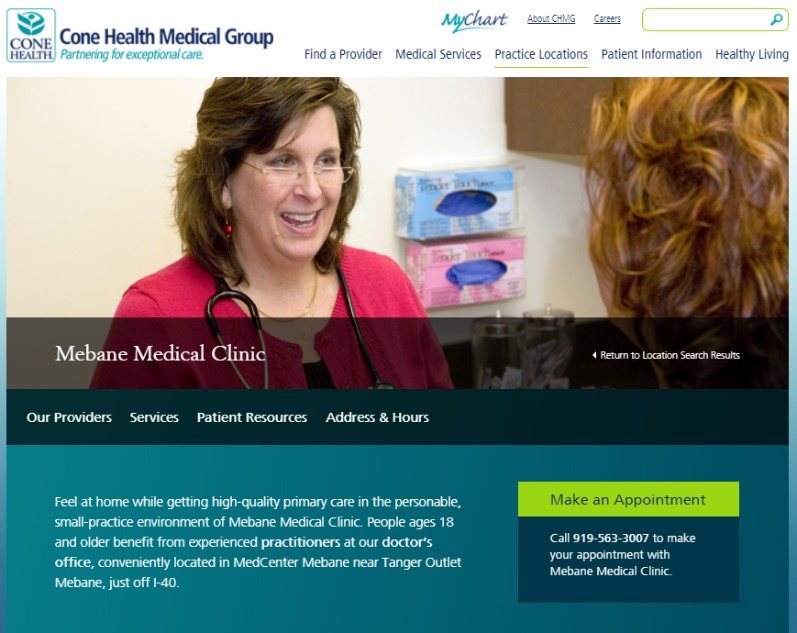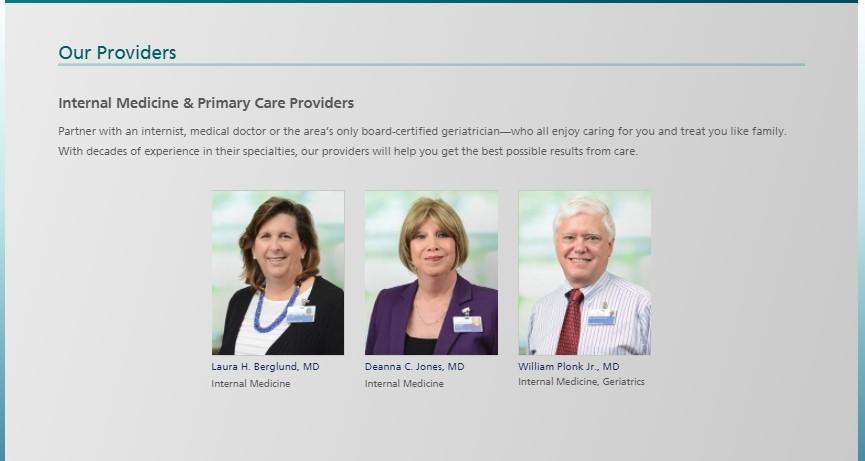Finding a location within your health system is a critical step as your patients move through their online journey from diagnosis to treatment. But location is often overlooked in the broader content strategy.
Why Location Strategy Matters
According to the Local Search Association, 63% of local searches are made by people who are undecided about a provider or retailer.
Meanwhile, Google has found that nearly two-thirds of smartphone users are more likely to purchase from companies whose mobile sites or apps customize to their location. This is especially telling as local searches – without the qualifier “near me” – have grown by over 150%.
While search engines and smartphones get better about pinpointing where users are so they can deliver the most relevant, local results, you can do your part to help both end users and search engines by adding thoughtful, location-based content.
When You Need a Location Strategy
Where are you putting content like this today?
- What parking lot visitors should use when visiting someone at Hospital A
- Which door to enter if a patient is visiting for a lab draw
- The hours for ICU, maternity, and general surgery visitors at Hospital B
Should this information live in the location profile? Maybe it should live in the service line? Maybe it lives in visitor information?
If your health system – like many growing health systems – has many locations, different types of facilities (hospitals, doctor offices, service-specific clinics, etc.), as well as unique services and amenities across locations, you need a location strategy.
Some Content Belongs, and Some Content Doesn’t
Location strategy is meant to answer questions about what information to include in a location profile, and how to structure that content in a user-friends (and search engine friendly) way.
Google Analytics data, keyword research, and your internal stakeholders can help guide the conversation about what content location profiles really need.
While the must-have information always includes address, hours, phone number, and a map for directions, unique services or patient experiences offered at that location are equally valuable to a user. This could include amenities, visiting hours, wayfinding, and other helpful, location-specific information.
Search Trends and User Behavior Drive Location Strategy
User-focused keyword research and user behavior are paramount in location strategy. User research may indicate that website visitors in one region search for localized information a certain way. Those locations in that region, then, need to emulate that behavior with optimized content.
How someone finds information regarding a location where they are having surgery next week (parking options, which door to enter, etc.) is a much different experience than someone seeking an urgent care closest to home (directions and after hours).
Similarly, keyword research can be used to help you differentiate one location from one region to another based on the types of keywords used in search. For example, if patients know your downtown neighborhood as “the Village,” this may dictate how you describe your “village” clinic location compared to other terms, like your city name or “downtown.” Not only will this improve your SEO, but it also provides a more accurate and seamless experience for site visitors who are looking for you.
What Do You Want Users to Know?
Cone Health Medical Group recently worked with us on a location strategy project which included content development and a custom design from their location profiles.
Our expert content strategists and writers helped the medical group with everything from the impactful welcome statement to the eye-catching call-to-action to the location-specific content, creating an experience that helps patients seeking care at each location.

The location profiles list the specific providers patients can expect to meet there, along with biographies of each provider – beyond their education and professional background. Patients can learn about their communication style, personal interests, and family life to gain a deeper knowledge of their potential doctor.

Each location, too, lists the specific services available at that location, from chronic health conditions treated, to preventive care and immunizations. Many of the services link back to service-level content that talks, in depth, how Cone Health Medical Group will manage your care or condition.
Meanwhile, the Patient Resources section on the Cone Health Medical Group location profiles provides specific information for each clinic, such as appointment guidelines, business hours (as they vary from clinic to clinic), and anything else that’s specific for visiting patients. Users can also access system-wide patient information through crosslinks.
The result? Cone Health Medical Groups location profiles have seen a 274% increase in page views and a nearly 40% decrease in bounce rate.
Start Planning Your Next Move
If you’re juggling multiple locations, patient questions, and location-specific needs let Geonetric help structure a location strategy that meets the needs of your organization, stakeholders, and most importantly, your site visitors and patients.

